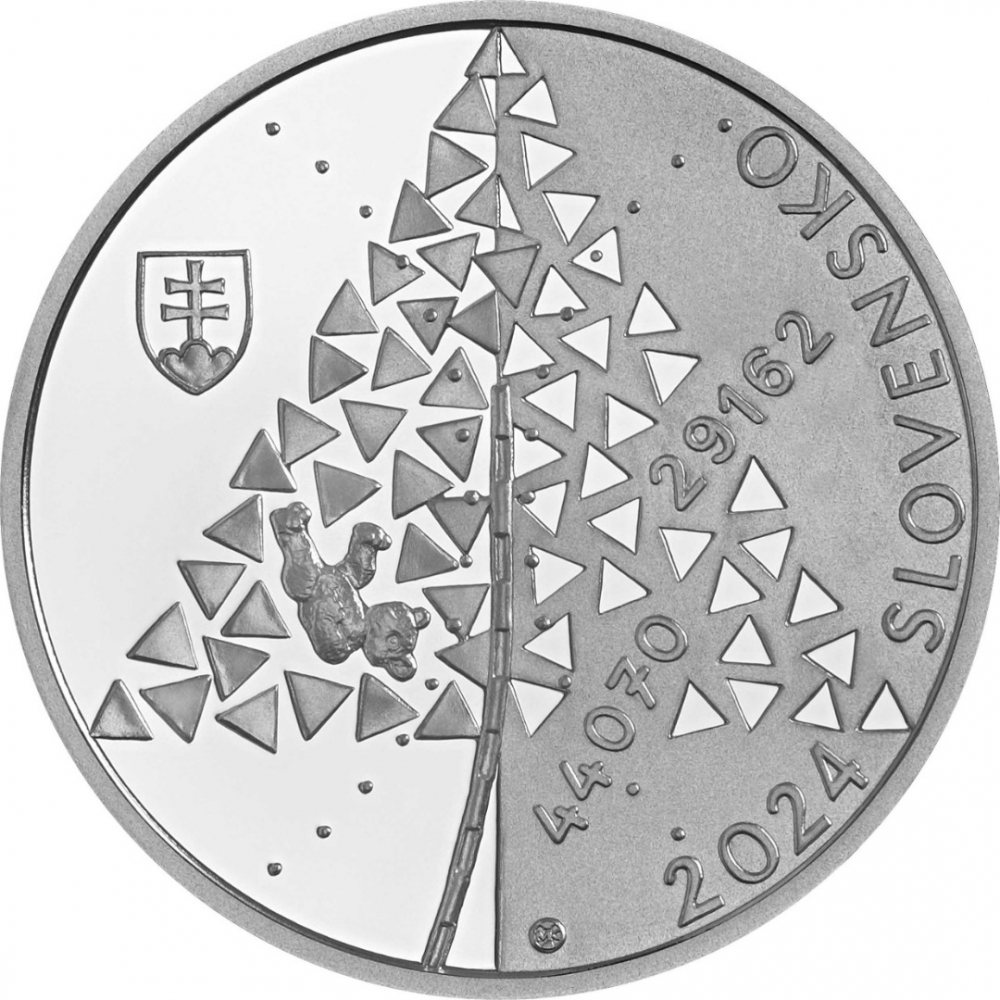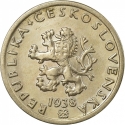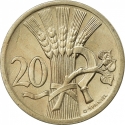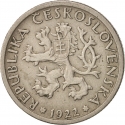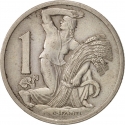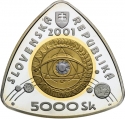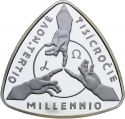You are about to finish your registration. Please check your mailbox (including spam folder). There should be a letter with a confirmation link. Check setting to make sure that your e-mail address is correct.
Send letter againDescription
The Auschwitz concentration and extermination camp complex, a harrowing symbol of the Holocaust, claimed over a million lives during the Second World War. Among the first to escape and expose its horrors were Alfréd Wetzler and Rudolf Vrba, both Slovaks, who met in Auschwitz in 1942. Surviving nearly two years, they noticed the camp's expansion and resolved to halt further atrocities. After escaping and trekking 140 kilometers back to Slovakia, they arrived in Žilina on April 25, 1944, where they shared their ordeal with Slovak Jewish representatives. Their detailed thirty-two-page account, known as the Vrba-Wetzler report, became part of the Auschwitz Protocols, offering a firsthand depiction of the camp. Translated into German by Oscar Krasniansky, the report detailed the gas chambers and estimated the number of victims, contributing to the cessation of Hungarian Jewish deportations to Auschwitz. Its partial publication in June 1944 and subsequent full translation by the United States War Refugee Board in November 1944 played significant roles in these efforts.
Obverse

|
The artwork portrays a prominent triangle formed by smaller triangles, representing the prisoner identification system in the death camp. Bisected by a vertical line, it incorporates a railway map overlay. Each segment features a semicircle of raised dots, denoting guard posts. At the triangle's base lies a teddy bear, symbolizing the personal belongings of the camp's victims. On the opposite side are the prisoner numbers of Alfréd Wetzler and Rudolf Vrba. Additionally, the design showcases the Slovak coat of arms, the year '2024', the country name 'SLOVENSKO', and the mint mark of the Kremnica Mint. 44070 |
|---|---|
Reverse

|
The design features a vertical line dividing it into two sections. On the left, an inverse triangle filled with small triangles of varying sizes dominates. On the right, two male figures symbolize Vrba and Wetzler's escape from prison. The year of their report, '1944', is depicted on the upper right side. Across the lower right quadrant run the names 'ALFRÉD WETZLER' and 'RUDOLF VRBA', with the engraver's initials 'IŘ' nearby. Raised dots symbolizing guard posts adorn the design, while the coin's denomination '10' and currency 'EURO' are inscribed in the lower left corner. 1944 |
| Edge |
